Blog
-

What Is The Scientific Basis For Seaweed Extract’s Ability To Enhance Crop Yield?(1)
4 Scientific Superpowers of G-Teck Seaweed Extract: How 40% Root Surge Boosts Your Harvest Root Booster: The Underground “Super Water Pump” 40%+ Fine Root Proliferation Low-molecular seaweed oligosaccharides (≤2000Da) dire...Read more -

What is The Activation Mechanism of Chitosan Oligosaccharide On The Plant Immune System?(2)
G-Teck Chitosan Oligosaccharide: The “Green Key” to Unlocking Plant Immunity and Revolutionizing Sustainable Agriculture Holistic Benefits: From Roots to Fruits Root Revolution: Building a “Super-Absorption Netwo...Read more -

What is The Activation Mechanism of Chitosan Oligosaccharide On The Plant Immune System?(1)
Chitosan Oligosaccharide – a natural bioactive compound derived from crustacean shells – revolutionizes plant protection by triggering innate immune responses. The “Smart Defense System” of Immune Activation G-Teck Ch...Read more -

Seaweed Extract Is It Stable in High or Low Temperatures?(2)
G-Teck Black Seaweed Extract Contains a variety of balanced nutrients, It can be applied as a foliar application or by irrigation to provide nutrient support. Derived from natural Ascophyllum nodosum through scientific extraction...Read more -

Seaweed Extract Is It Stable in High or Low Temperatures?(1)
Stability is a key concern for farmers and growers when selecting fertilizers and plant biostimulants. We focus on G-Teck Seaweed Extract, to explore its performance under extreme temperatures and its unique value as a year-round sol...Read more -

Can Chitosan Oligosaccharide Replace Traditional Chemical Fungicides?(2)
As global agriculture shifts toward reduced chemical dependency, G-Teck ChitosanPro emerges as a science-backed solution. G-Teck ChitosanPro ultra-low molecular weight, high purity (COS ≥90%), and multi-mechanistic action (immune...Read more -

Can Chitosan Oligosaccharide Replace Traditional Chemical Fungicides?(1)
The answer is YES! especially ultra-pure, low-molecular-weight formulations like G-Teck ChitosanPro, demonstrates exceptional potential to replace or reduce chemical fungicides. G-Teck ChitosanPro isn’t ordinary chitosan. It levera...Read more -

How Does Potassium Humate Boost Root Development? (2)
G-Teck Potassium Humate stands out as a dual-action soil conditioner, this organic input delivers measurable improvements in soil structure and plant vitality. Enhances Stress Resilience:Potassium Humate-modified soil. Increases ...Read more -

How Does Potassium Humate Boost Root Development? (1)
G-Teck Potassium Humate – a water-soluble organic fertilizer derived from weathered lignite – is scientifically proven to accelerate root system development. 5 Science-Backed Ways Potassium Humate Strengthens Roots Creates Optima...Read more -

How Do Free Amino Acids Improve Compacted Soil?(2)
“Compaction isn’t broken by force—it’s healed by biology. G-Teck Total Free amino acid 80 activate soil’s innate recovery mechanisms.” Reduce Salt Stress:Multi-amino acid blends deliver 20% higher efficiency vs. synth...Read more -

How Do Free Amino Acids Improve Compacted Soil?(1)
Compact soil isn’t just hard—it’s a productivity killer. When soil turns concrete-like, roots suffocate, water pools or runs off, and nutrients stay locked away.Enter G-Teck Total Free Amino Acid 80 Powder—your soil’s new best friend. ...Read more -

How Does Potassium Humate Improve Fruit Brix? (1)
G-Teck Potassium Humate—a natural organic fertilizer derived from weathered lignite—”Gold-standard solution” . How G-Teck Potassium Humate Elevates Brix – 3 Key Mechanisms Enhanced Photosynthesis With ≥80% humic acid c...Read more
















